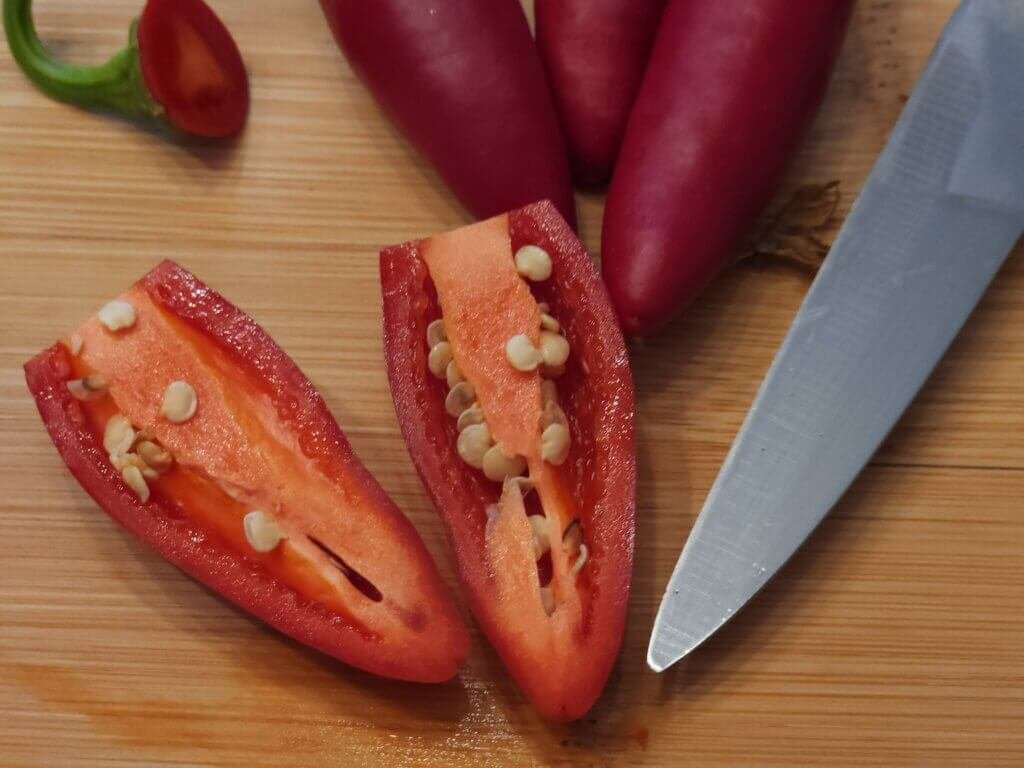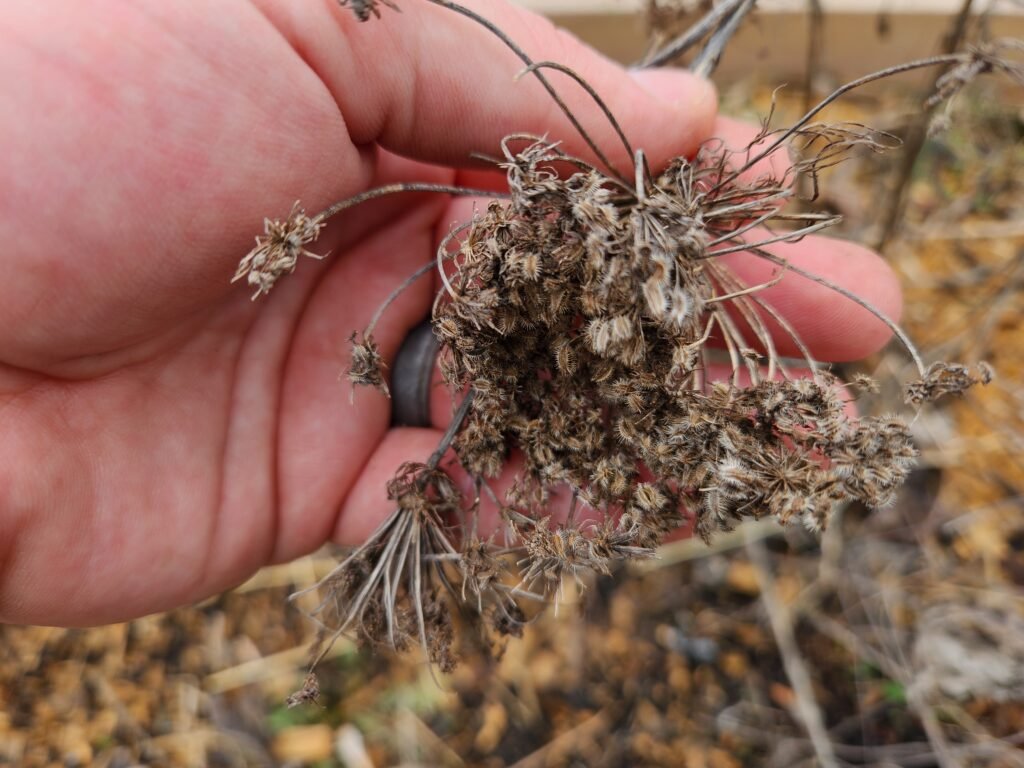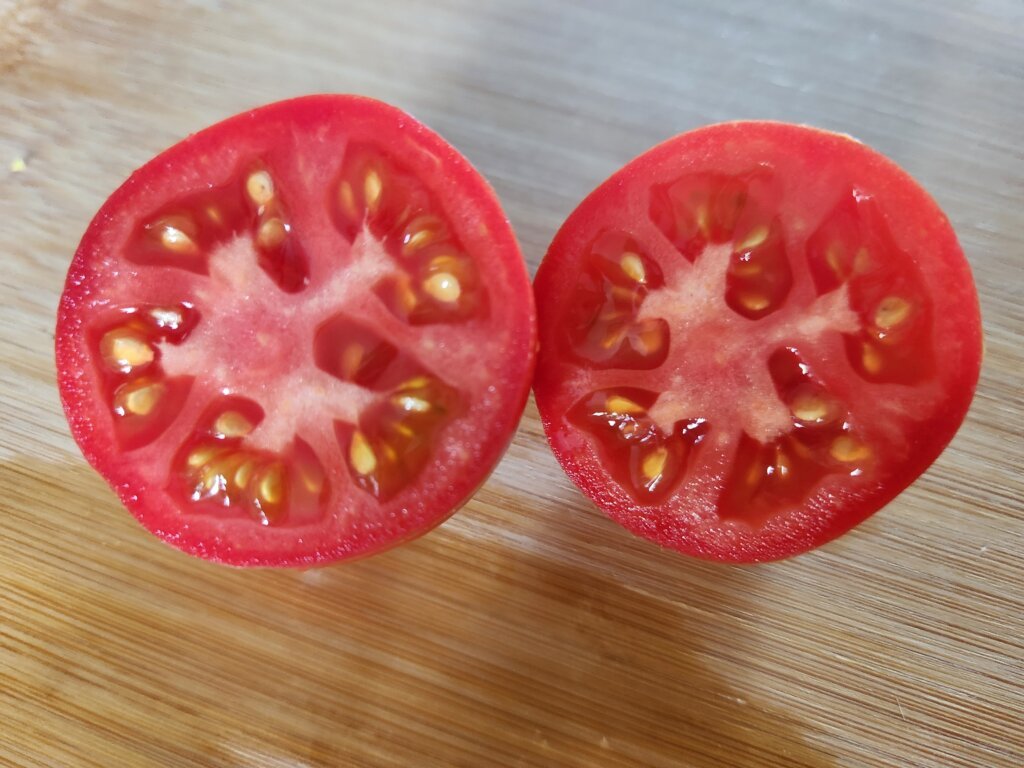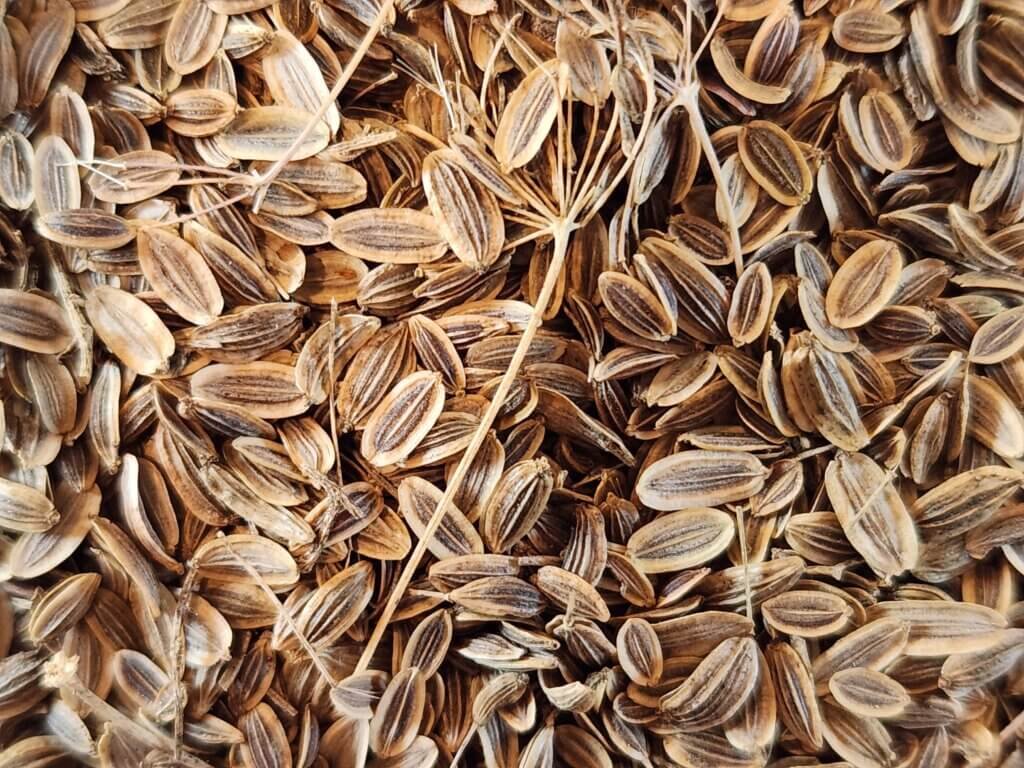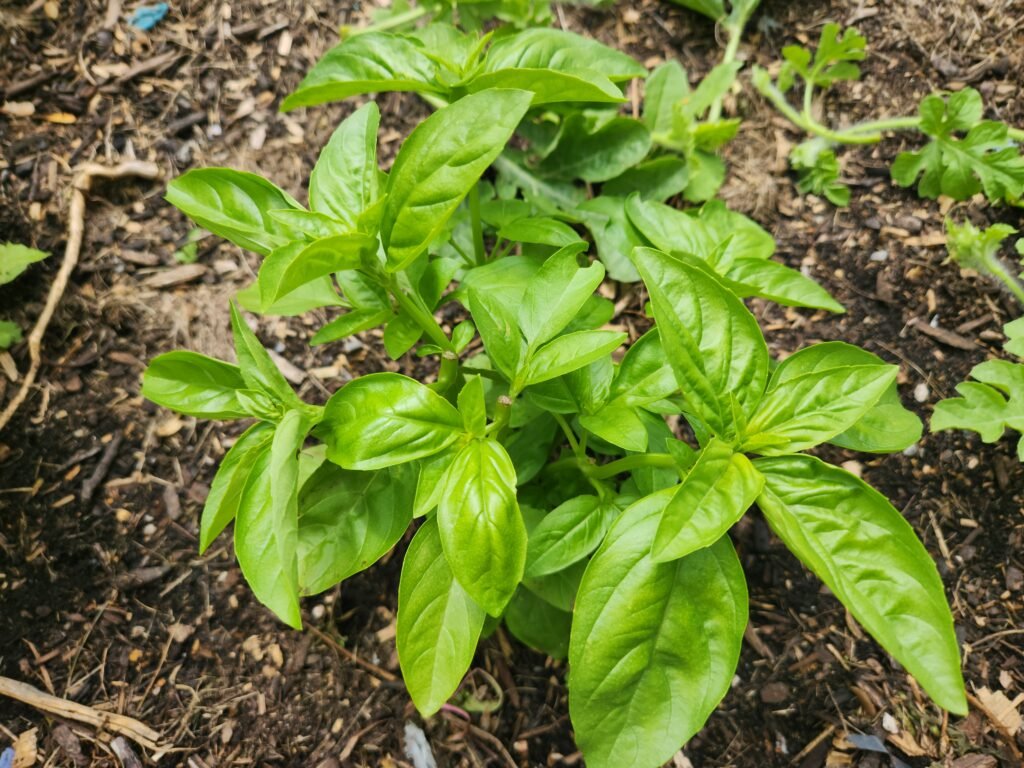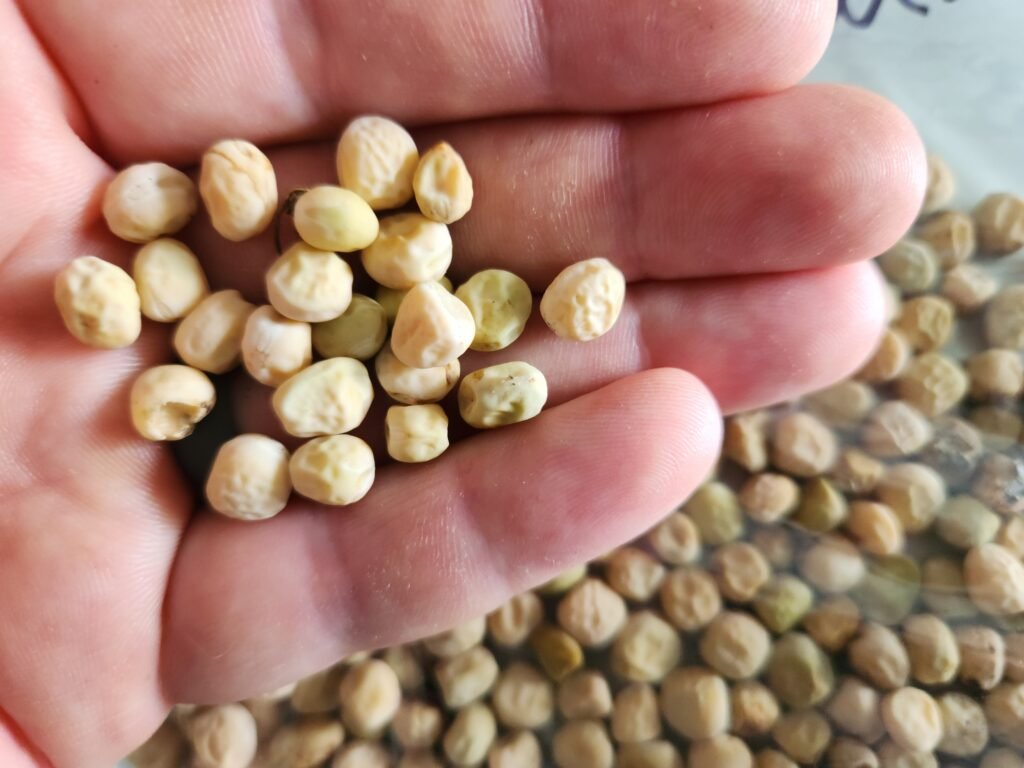At DBS Farm Wilson, we believe that every garden holds a story—one that’s meant to be shared, preserved, and passed down through generations. Seed saving isn’t just about sustainability; it’s about self-reliance, biodiversity, and deepening your connection to the land. Whether you’re a beginner gardener or a seasoned homesteader, learning to save seeds ensures that your favorite plants continue to thrive year after year.
Why Save Seeds?
Saving seeds is more than just a gardening practice; it’s a step toward food security and independence. Here’s why you should start saving seeds today:
✅ Cost-Effective – No need to buy new seeds every season!
✅ Stronger, Adapted Crops – Seeds saved from your garden adapt to your soil and climate, making them more resilient.
✅ Preserving Heirlooms – Keep rare and heritage varieties alive for future generations.
✅ Self-Sufficiency – Take control of your food supply and reduce reliance on commercial seed companies.
Which Seeds Should You Save?
Not all seeds are created equal. For the best results, focus on:
🌱 Heirloom & Open-Pollinated Seeds – These will produce true-to-type plants, unlike hybrids, which may not grow the same as the parent plant.
🌱 Non-GMO Varieties – Ensure the purity of your garden’s genetics.
🌱 Easy-to-Save Crops – Start with self-pollinating plants like tomatoes, peppers, peas, and beans before moving on to more complex varieties.
How to Save Seeds Like a Pro
1️⃣ Choose the Best Plants – Select the healthiest, most productive plants to save seeds from.
2️⃣ Harvest at the Right Time – Seeds should be fully mature before harvesting. For fruits and vegetables, let them over-ripen on the plant before collecting.
3️⃣ Clean and Dry Properly – Remove debris, dry seeds thoroughly, and store them in a cool, dark place.
4️⃣ Label Everything! – Keep track of seed variety, harvest date, and any special growing notes.
Storage Tips for Maximum Viability
🔹 Keep seeds in airtight containers or envelopes.
🔹 Store them in a cool, dry place—like a pantry or even the fridge.
🔹 Use silica gel packets to reduce moisture and prolong shelf life.
🔹 Always test germination rates before planting old seeds!
Start Your Seed-Saving Journey Today!
Ready to take the next step toward self-sufficiency? Start with just a few plants this season, and before you know it, you’ll have your own seed bank full of resilient, homegrown varieties.
Join us at DBS Farm Wilson as we cultivate a future where every gardener becomes a seed saver. Got questions or want to share your seed-saving success stories? Let’s connect!
🌱 Happy Gardening & Happy Saving! 🌱

